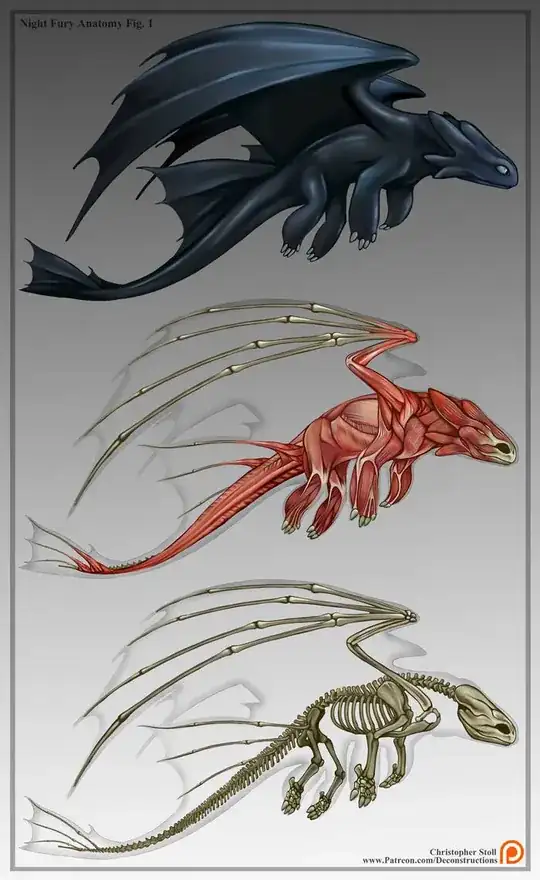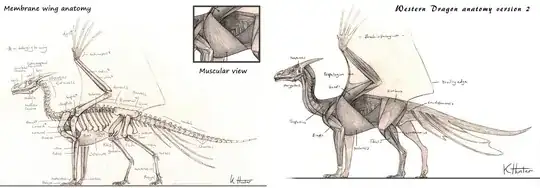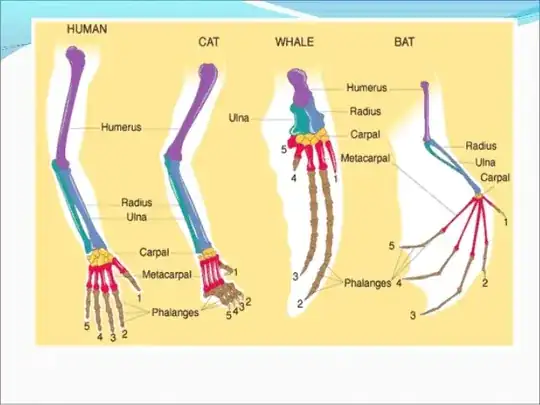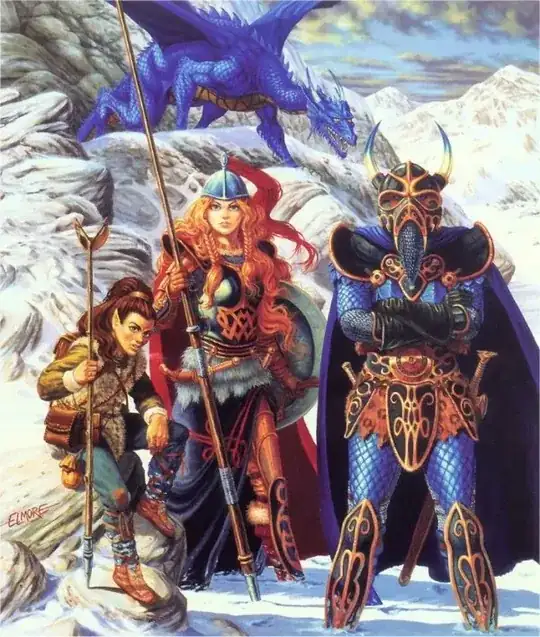The problem with wings is the necessary amount of power to lift the creature.
This is a bird skeleton:
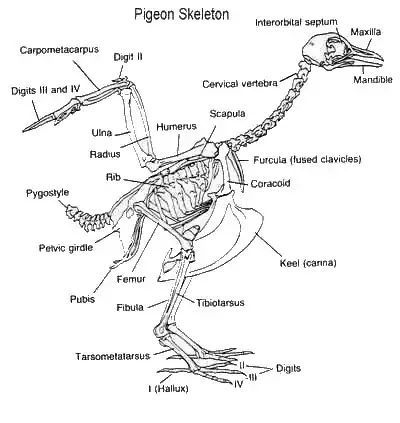
Note the size of the sternum (the bone that all your ribs connect to). It's massive in comparison to ours and stands far out of the chest while a human sternum is basically flat in comparison. This sternum is what your pectoralis major muscles are attached to (the chest muscles).
The sheer size is because the muscles attached to it, shown here:
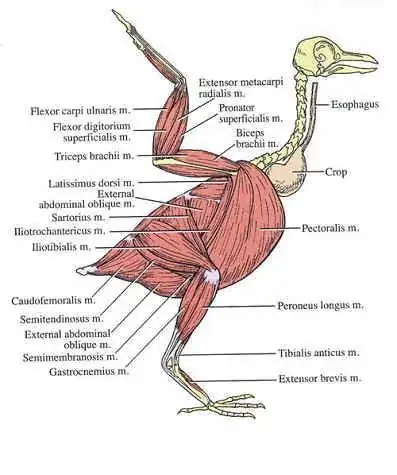
These absolutely humongous muscles are required to lift the weight of the entire creature up in the air, and the larger the bird the more % of the bird must be pectoralis major muscles just to keep it in the air due to the square cube law, but you can ignore this for the sake of cool. Despite this suspension of belief on the part of the square cube law you still want a bodyplan that can handle 4 paws and 2 wings simultaneously.
Note how these skeletons lack a large scapula. In the first picture you can see it mentioned but it's tiny and largely immobilized because everything is focused on that up/down movement of the arms, not about reaching forwards, backwards, upwards or downwards.
Having to have muscles attached to the chest for these extra appandages would diminish the amount of muscles for your wings. You could slightly circumvent this through kinematic chains.
An example of a kinematic chain is your quadriceps of your leg, or any other muscle that moves over more than 1 joint in the body. If you have muscles pull on one end of the bone they are attached to, you can use that to pull on the quadriceps, the quadriceps us that to pull on the muscle one joint removed, allowing you to transfer the muscle power from one bodypart to another. You attach a portion of the pectoralis major muscles to the dragon's leg, and have muscles above it attached to the wing (likely an adapted version of the triceps, romboideus, one part of the deloideus and trapezius). When flying the leg will be pulled down in the same motion as the wings and the muscles above that will simultaneously pull on the wings, allowing you to transfer the muscle power that went into the leg into the wing as well. This isn't wildly efficient and would likely make the leg flop up and down with the wingbeats, but it's an option. Ofcourse if you time it right and pull just as hard on the leg as on the wings, the leg would effectively keep still during flight. Although you'd be better off pulling it in as it would stretch the muscles above it and with that pull the wings.
